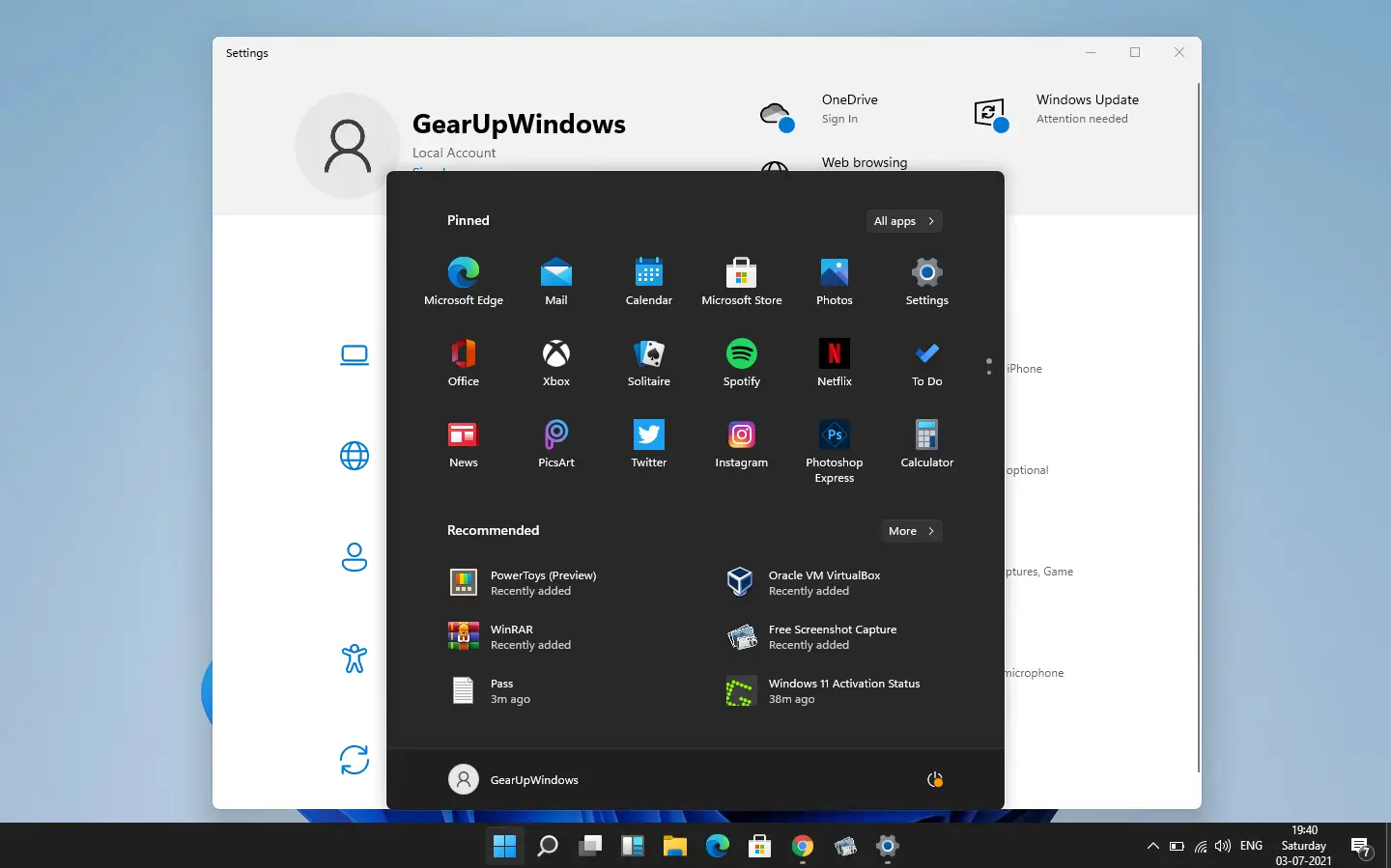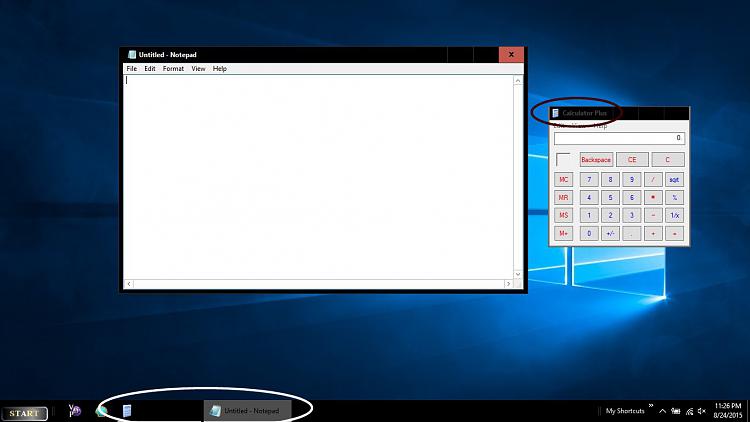
HKEY_CURRENT_USER\Software\Microsoft\Windows\CurrentVersion\Run (“7 Taskbar Tweaker” value) HKEY_CURRENT_USER\Software\7 Taskbar Tweaker In case you want to remove the tweaker’s settings from the registry, look for them here: Also, you can hide the tray icon if you want. It shouldn’t slow down your system, and uses an extremely small amount of memory. The tweaker does that by injecting a DLL to explorer, hooking/subclassing/some other methods of the dark side.Īs for extra processes, the tweaker is a native program, and is very lightweight. There are no registry keys for the options it provides. Q: Which registry keys does 7+ Taskbar Tweaker modify? I don’t need extra processes in my system.Ī: The only registry keys the tweaker modifies are its own settings.

Here is a video that demonstrates some of the tweaks: Note: The installer can be used to extract a portable version. The tweaker is designed for Windows 7, Windows 8, Windows 8.1, and Windows 10. Most of the configuration options it provides can’t be tweaked using the taskbar properties or the registry. Now check the Hex option and enter the value corresponding to the color you want to set.7+ Taskbar Tweaker allows you to configure various aspects of the Windows taskbar. Then click in an empty space in the right panel, go to New and then select DWORD (32-bit), name it AccentColorInactive. If you do not have the AccentColorInactive DWORD. Find out AccentColorInactive and double tap on it to modify the registry key value.Ĥ. Select DWM and check out the right panel. HKEY_CURRENT_USER\SOFTWARE\Microsoft\Windows\DWMģ. Type regedit and hit enter to open the Registry Editor.Ģ. Steps to Change Color of Inactive Title Bar in Windows 10ġ.

The following tutorial will show you how to change color of inactive title bar in Windows 10. You can change the color by tweaking the registry keys. The inactive title bar continues to remain white. However, if you change the color in Windows 10 using the Personalization Settings menu, then Start menu accents, Start button, taskbar, title bars, window borders, buttons, text, Settings accents, sign-in screen accents, and Action Center accents but not the title bar of the windows. The screenshot shown here will give you a better understanding. Similarly, when you tap on that window, it becomes active, while the window that was previously active goes to the background and turns inactive. When you open two windows in your Windows computer, the one you are viewing or handling is the active one and the other which goes at the backdrop becomes the inactive window.


 0 kommentar(er)
0 kommentar(er)
